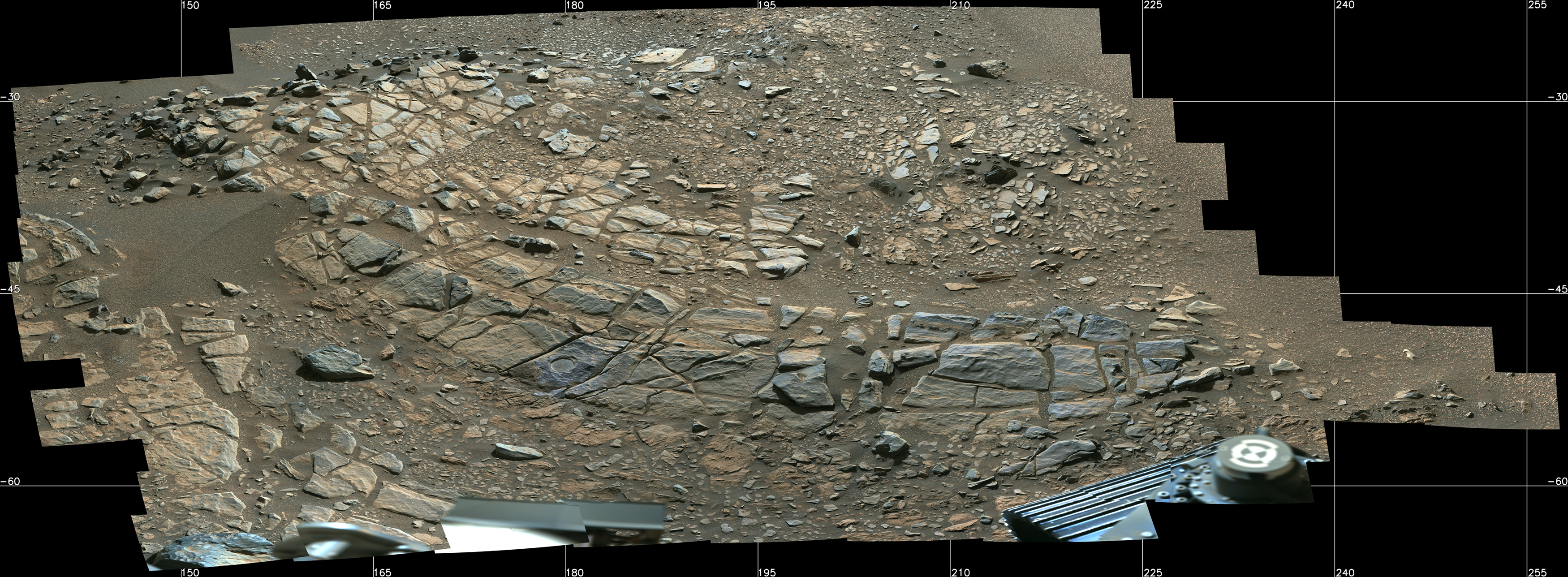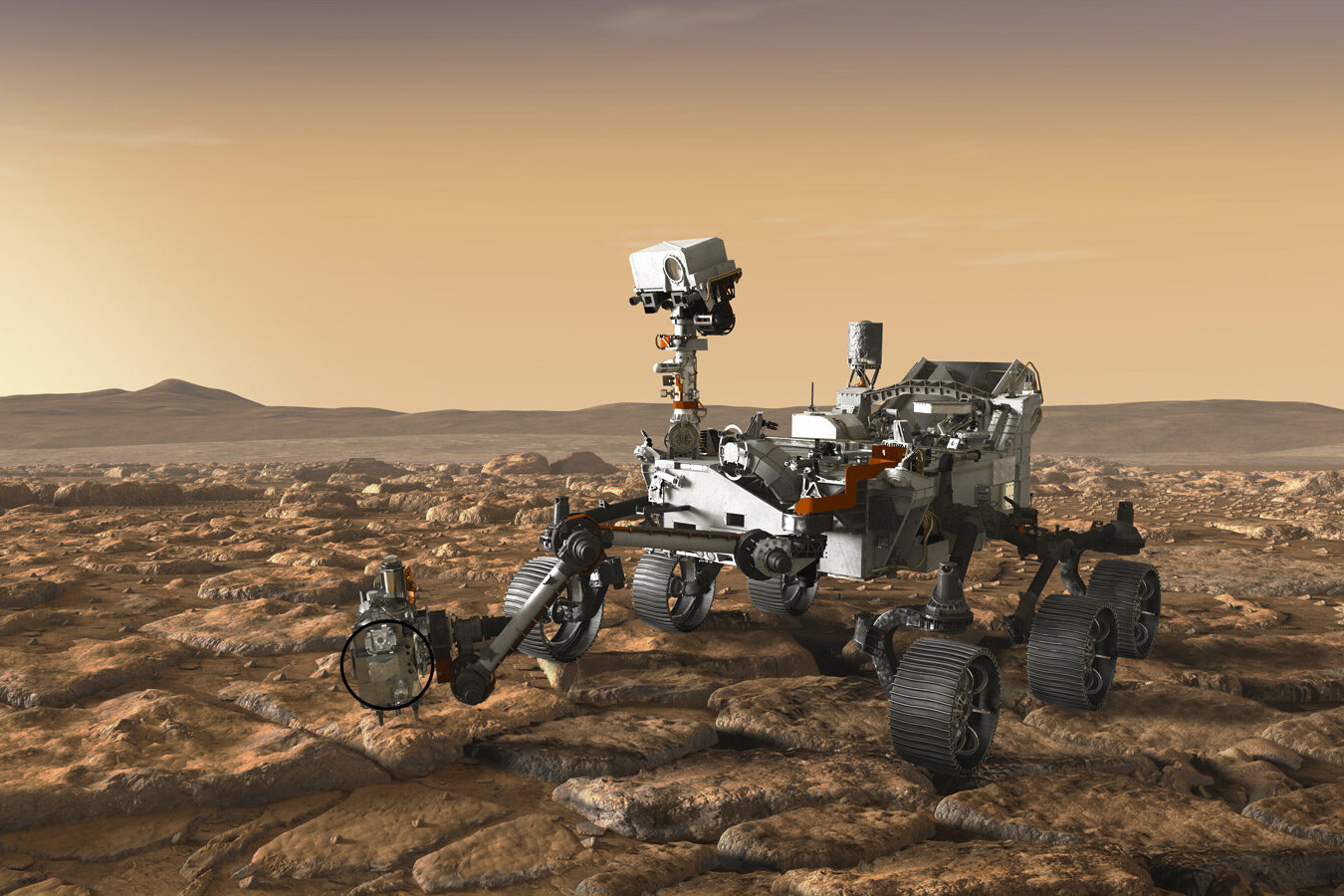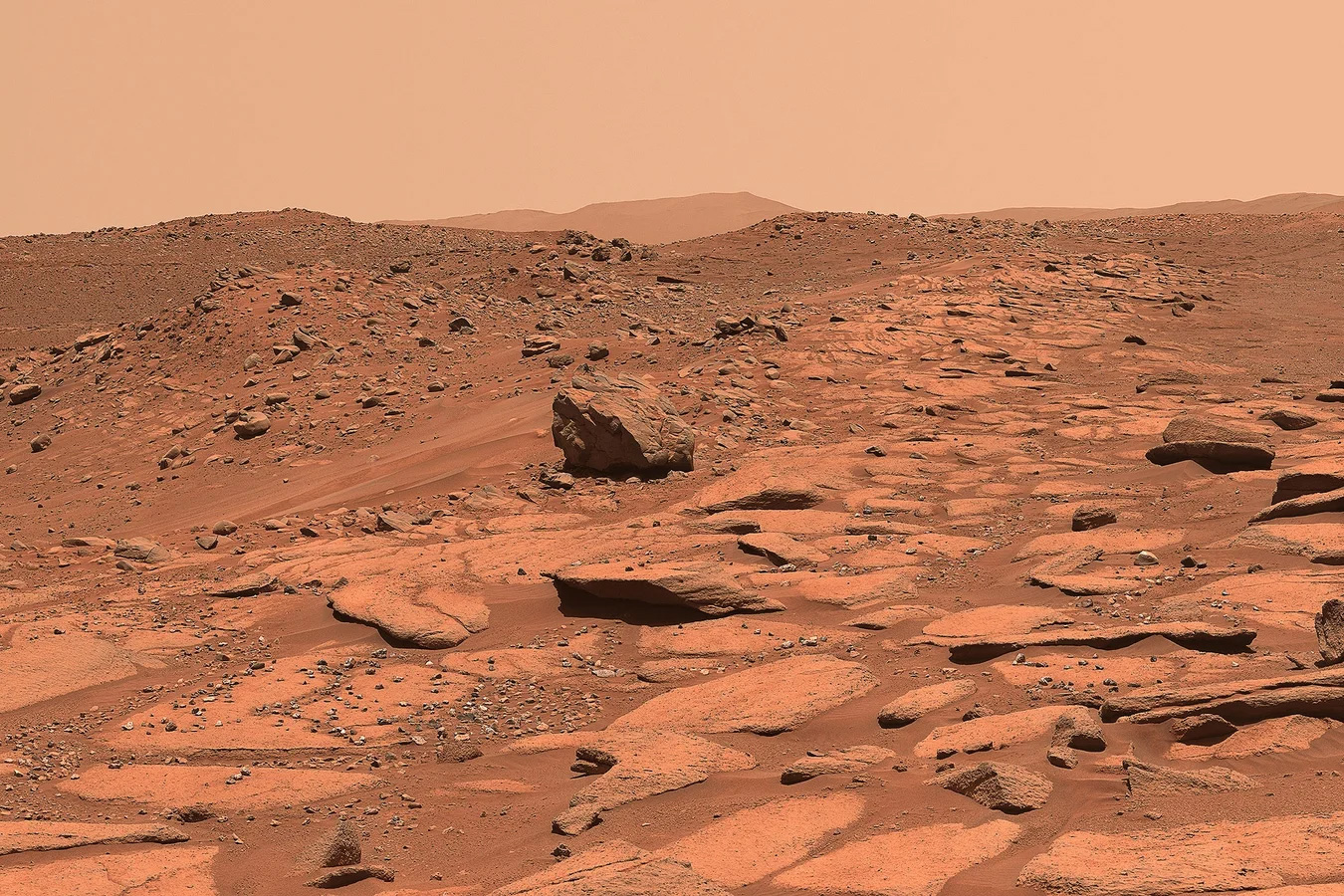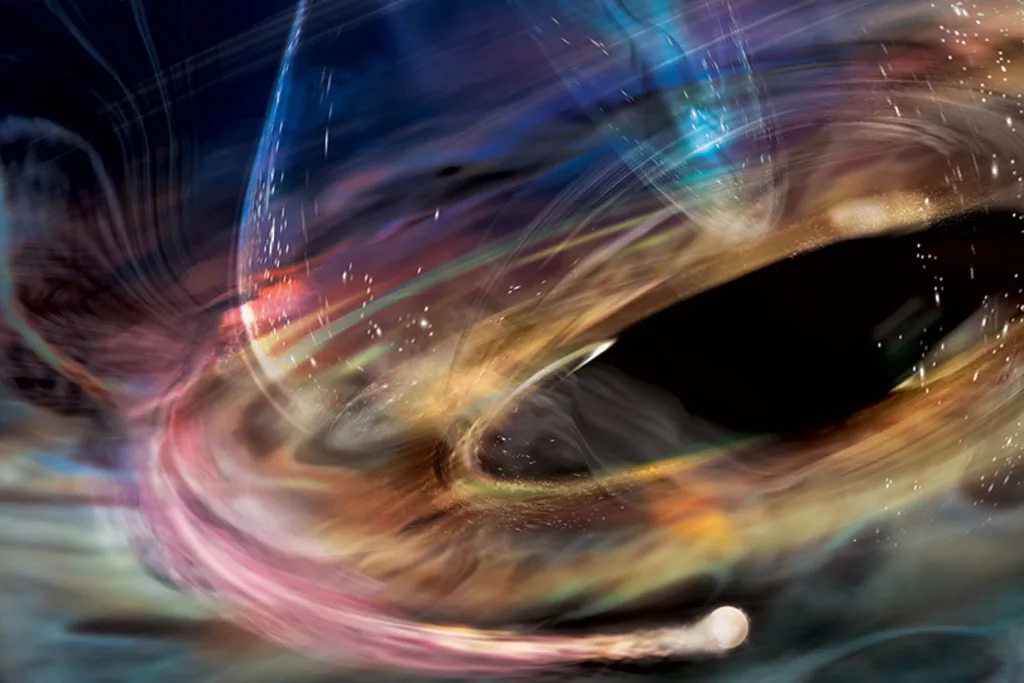NASA’s Perseverance rover is currently exploring the ancient Martian lakebed, diligently collecting rock samples that could hold the secrets of microbial life. The rover, which is about the size of a car, is making careful drills into the bedrock, extracting cores, and securely storing them in robust titanium tubes. Scientists are eagerly anticipating the day these samples can be returned to Earth for in-depth analysis.
Since its landing on Mars in 2021, Perseverance has filled 20 out of its 43 sample tubes with rock cores. Recently, researchers from MIT have used remote sensing techniques to discern vital information regarding the rock samples already collected. This discovery could illuminate important aspects of Mars’ geological history.
Image: NASA/JPL-Caltech/ASU/MSSS
In a recent study published in the journal Earth and Space Science, the MIT team revealed they have successfully determined the original orientation of many bedrock samples collected by Perseverance. Using the rover’s engineering data, which includes its position and drill angle, the scientists could infer the orientation of the bedrock prior to extraction.
This marks a historic achievement, being the first time scientists have oriented bedrock samples from another planet. The methodology established in this research can be applied to future samples as the rover ventures beyond the ancient basin, helping researchers piece together the environmental conditions under which these rocks formed.
“Pinpointing the orientation of our samples is essential for answering numerous scientific questions about Mars,” explains Elias Mansbach, a graduate student from MIT’s Department of Earth, Atmospheric, and Planetary Sciences.
“Understanding rock orientation sheds light on any ancient magnetic fields, as well as details about historical water flow, volcanic activity, and even past wind directions. This ability to orient Martian bedrock opens the door for a multitude of scientific explorations,” adds Benjamin Weiss, a professor of planetary sciences at MIT.
Weiss and Mansbach’s team included Tanja Bosak and Jennifer Fentress from MIT, along with numerous collaborators, including those at the Jet Propulsion Laboratory at Caltech.
Exploring Jezero Crater
The Perseverance rover, affectionately called “Percy,” is navigating Jezero Crater, a massive impact site that showcases layers of igneous and sedimentary rocks, potentially formed from ancient volcanic eruptions and dried-up river flows.
Image: NASA/JPL-Caltech/ASU/MSSS

Image: NASA/JPL-Caltech/ASU/MSSS
“Mars was once a hospitable place filled with water, which raises the possibility that life existed here,” notes Weiss. “Today, it is cold and arid, suggesting that a significant transformation has occurred.”
Many experts, including Weiss, theorize that Mars initially had a magnetic field similar to Earth’s that protected it from solar winds, creating conditions conducive to life. However, with the potential loss of this magnetic shield, the solar winds may have eroded Mars’ atmosphere over billions of years.
“We are keen to learn what led to this dramatic change and the factors at play,” Weiss says. “The geological records in Martian rocks could reveal the history of the planet’s magnetic field—its directional shifts and intensity changes.”
The Perseverance rover is not just sampling bedrock; it’s also gathering data on Martian soil and atmospheric conditions. Weiss, who is on the rover’s science team, and Mansbach sought ways to ascertain the original orientation of these bedrock samples, taking the first step towards unraveling Mars’ magnetic past.
“It was an incredible chance, yet initially, there was no requirement for orienting the bedrock,” Mansbach remembers.
A Creative Solution
Over a span of several months, Mansbach and Weiss collaborated with NASA engineers to devise a strategy for deducing the original orientation of each rock sample prior to drilling. It required a bit of creative thinking, akin to figuring out which way a circle of cake is facing before cutting it with a round cookie cutter.
The rover employs a corkscrew drill to extract rock samples at a perpendicular angle. To estimate the original direction of each rock, they realized they needed to measure three angles: hade, azimuth, and roll—similar to the pitch, yaw, and roll of an aircraft. The hade represents the tilt, the azimuth demonstrates the sample’s direction relative to true north, and the roll indicates how much a sample must pivot to restore its original positioning.
Working with NASA engineers, the MIT team discovered that the rover’s engineering measurements could offer valuable insights into the orientation of collected samples. They utilized the drill’s orientation data to ascertain the hade and azimuth, while onboard cameras captured images of unique surface features to help determine the necessary roll adjustments. In instances where no distinguishing surface features were visible, the rover’s laser marked the rock with an “L” before drilling—a light-hearted gesture dubbed as the first graffiti on another planet.
By systematically integrating the rover’s positioning, imaging, and measurement data, the team was able to accurately estimate the original orientations of all 20 Martian bedrock samples, achieving a precision that rivals that of terrestrial rock orientation techniques.
“We can determine orientations with a precision of 2.7 degrees, surpassing what’s typically achievable on Earth,” Mansbach states. “We are currently collaborating with engineers to automate this orientation process for future samples.”
“The upcoming phase of exploration is particularly thrilling,” Weiss shares. “The rover will venture beyond the crater to investigate the oldest known rocks on Mars. The opportunity to orient these ancient specimens could lead to significant revelations about the planet’s history.”
This research is partially supported by NASA and the Mars 2020 Participating Scientist program.
Photo credit & article inspired by: Massachusetts Institute of Technology



